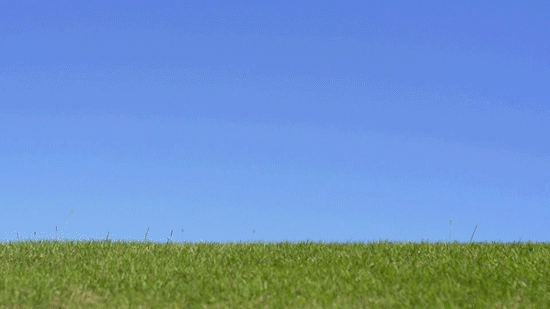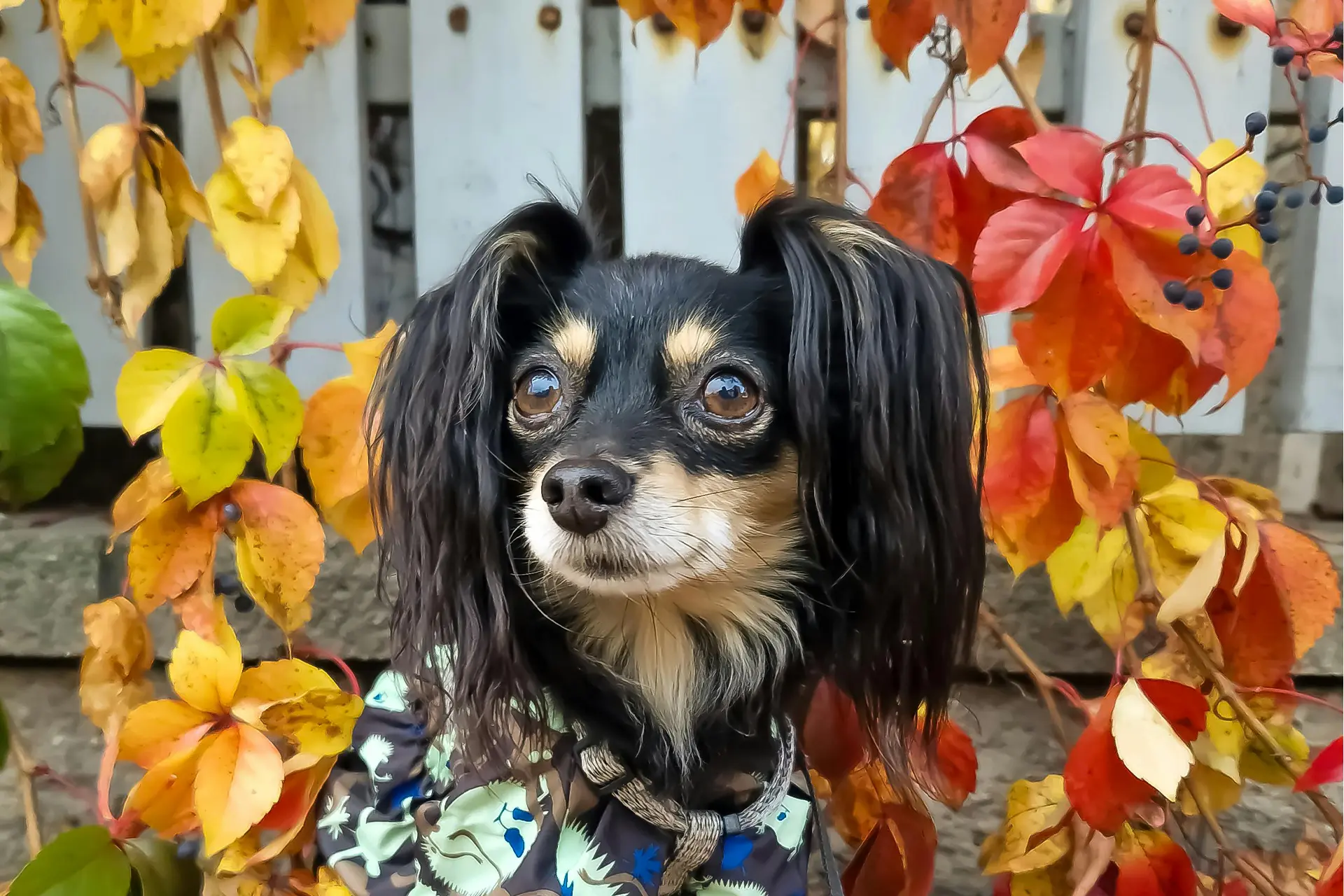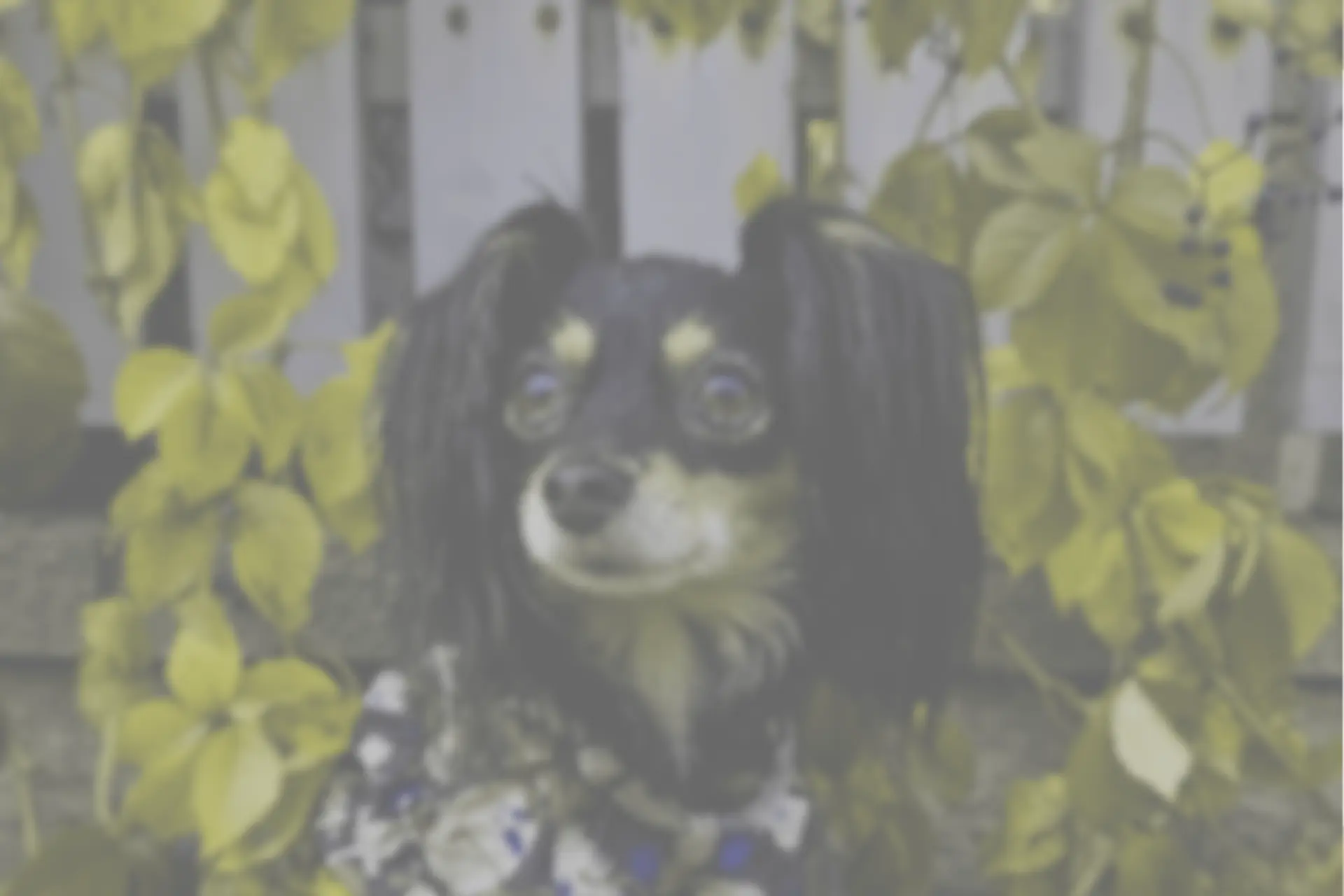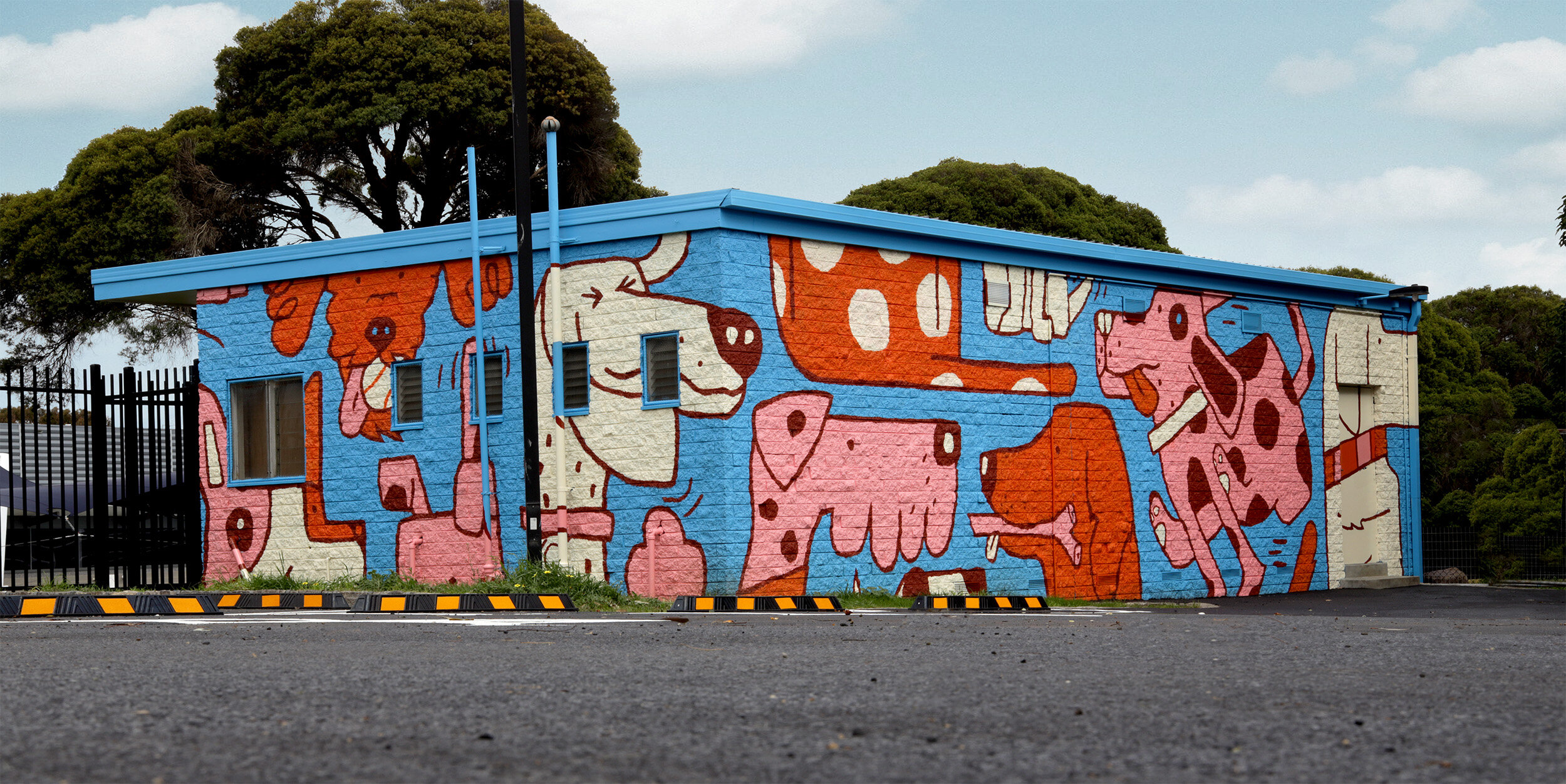
Sciences & Technology
How to give your animal friends a stress-free holiday season

The city looks, smells and sounds very different to our most popular animal friends, so we mapped Melbourne to see if it is a City for Dogs
Published 25 July 2024
Last year, Melbourne was rated as the third most liveable city (out of 172 cities) in the world. Between 2011-2017 it was ranked at number one a heroic seven times in row.
These rankings score each city’s quality-of-life for residents by considering factors like healthcare, the environment and infrastructure.
But what about the view from four paws?
Nearly half of all Australian households share their home with at least one dog. Globally, this represents one of the highest rates of living with companion animals.
Dogs are our most popular animal companions, yet the features that are needed to safeguard their wellbeing are highly variable across our cities, and we don’t really know where dogs can live their best lives.
So, I joined the Map of the Month project team to look at Melbourne from a different, canine, perspective.
We looked at where the dogs are in our city, and then mapped doggy quality of life factors:
veterinary services and dog shelters take the place of healthcare;
sound pollution as a measure of environmental quality;
and for infrastructure we looked at council registration fees and the number of off-leash areas where dogs can run and sniff merrily.
These maps provide a new, more-than-human insight into Greater Melbourne’s liveability – and the results might surprise you.
Dogs are most popular in the Nillumbik and Yarra Ranges Shire council areas where you’ll find one dog for around every six people. Mornington, Frankston and Bayside are not far behind.
In contrast, our research shows that dogs are least popular in the cities of Melbourne and Greater Dandenong, where you’ll find that ratio stretches out closer to 30 people for each dog.
Take a look at our map to see how your local area compares.
If your dog wants to find a new play mate, head to Port Phillip where you’ll hit peak doggo density, with 410 dogs per square kilometre.
If your pooch prefers to be alone, you might try Cardinia, where they’ll only encounter nine dogs per square kilometre.
There is surprising variability in the cost of annual registration for desexed dogs across Melbourne, ranging from $AU37 in the City of Hume, to more than $AU84 in Bayside.
Yarra Ranges (where registration costs $AU50) boasts the largest number of registered dogs in greater Melbourne, hosting 24,628 canine companions.

Sciences & Technology
How to give your animal friends a stress-free holiday season
The City of Casey generates over $AU1.1 million from its 23,420 registered dogs ($AU50 registration per year). Interestingly, Boroondara collects more (over $AU1.2m/year), even with fewer registered canine residents (18,160), because they charge $AU65.80 annually.
When we look at how this translates to services that your dog might think is money well spent, like off-leash areas, we noticed something else.
Sniffing helps dogs feel happy and regular exercise can protect against doggy dementia. Dogs interact with places differently when they are on-leash or off-leash.
Around 80 per cent of the world’s dogs live as free-ranging dogs, rather than in people’s homes. Those dogs choose to explore widely and interact with other dogs every day.
From this behaviour we understand that opportunities for off-leash sniffing and playing with other dogs are part of a good life for dogs.
Our map of Melbourne shows the spaces (parks and reserves with fenced dog parks or council-nominated off-leash areas) dedicated to free running activities for our canine friends.
The City of Melton (which collects $AU800,000 in registration fees) offers the fewest options for free-running dogs, whereas Knox (around $AU1 million) has many options for zoomies across its dog parks, public parks and recreation reserves.
Melbourne’s southeast cities of Knox and Casey easily win though, by allowing dogs to be off leash in nearly all of their parks and reserves.
The cities of Monash and Whitehorse are the only council areas without fully fenced spaces specifically designated as dog parks.
Regular veterinary care is important for dogs and when accidents happen, it’s helpful to know where the nearest help can be found. In the map above, we show the location of various services, including shelters to adopt from, veterinary clinics and emergency centres.
Every dog owner should know how close their nearest veterinarian is, and our map suggests there are more options in Melbourne’s eastern areas than to the west.
Australia is experiencing an acute shortage of veterinarians, so we need more aspiring dog-tors to study veterinary medicine to fill these gaps.
We often forget that our dogs live in a totally different world to us.
Their sense of smell, sound and sight all differ to ours.
To remind us of what this difference might mean for dogs enjoying our city, we explored the sound levels from roads and air traffic across the city.
The data from Ambient Maps and AURIN gives a high resolution soundscape of Melbourne, in a colour scheme dogs can understand.
The darkest (noisiest) areas are along major arterial roads and flight paths, but almost everywhere in the inner suburbs is affected by road noise.
Sound sensitivity can be very stressful for some dogs, who hear sound at higher frequencies and from further away than we can.
We often notice this during thunderstorms or fireworks in the neighbourhood, but daily sound levels can also impact the ability to sleep well and relax, for both dogs and their people.
One of the striking things we found when creating these maps was the difficulty in finding the data.
In most cases it didn’t exist in a single source and we had to sniff around to find it.
Does this suggest we can do more to consider the animals around us, both in our homes and in the wild, when designing and regulating our cities?


Slide to the right for a human view, to the left for a doggie view. Dogs' vision is less sharp than humans and they have a narrower colour spectrum. Picture: Pexels
It’s going to depend on the dog. Like people, dogs are individuals with their own preferences.
They will decide whether they want loud or quiet, if they can make use of vast running space, and how many playmates to pounce on each day. If we can provide dogs with choices and support what they like doing, we’ll help them live well.
As our most popular animal companion, we can also call on those who plan and govern our cities to consider their perspective alongside our own, so we can truly thrive together.

Map of the Month is a science communication project of the University of Melbourne (Melbourne Centre for Cities, AURIN, Melbourne Data Analytics Platform and Pursuit) using maps to spark important policy conversations across metropolitan Melbourne. This pilot is supported by the Lord Mayor’s Charitable Foundation and in partnership with the Victorian Office for Suburban Development and the Municipal Association of Victoria. Academics, community leaders and government representatives from across Melbourne contribute to the maps and accompanying stories.
This month’s maps were produced by Amanda Belton, Dr Emily Fitzgerald, Dr Stuart Lee, and Dr Hao Chen using data from Melbourne Local Government Areas, Veterinary Practitioners Registration Board of Victoria, Animal Welfare Victoria, AURIN, Ambient Maps and Geoscape Australia.